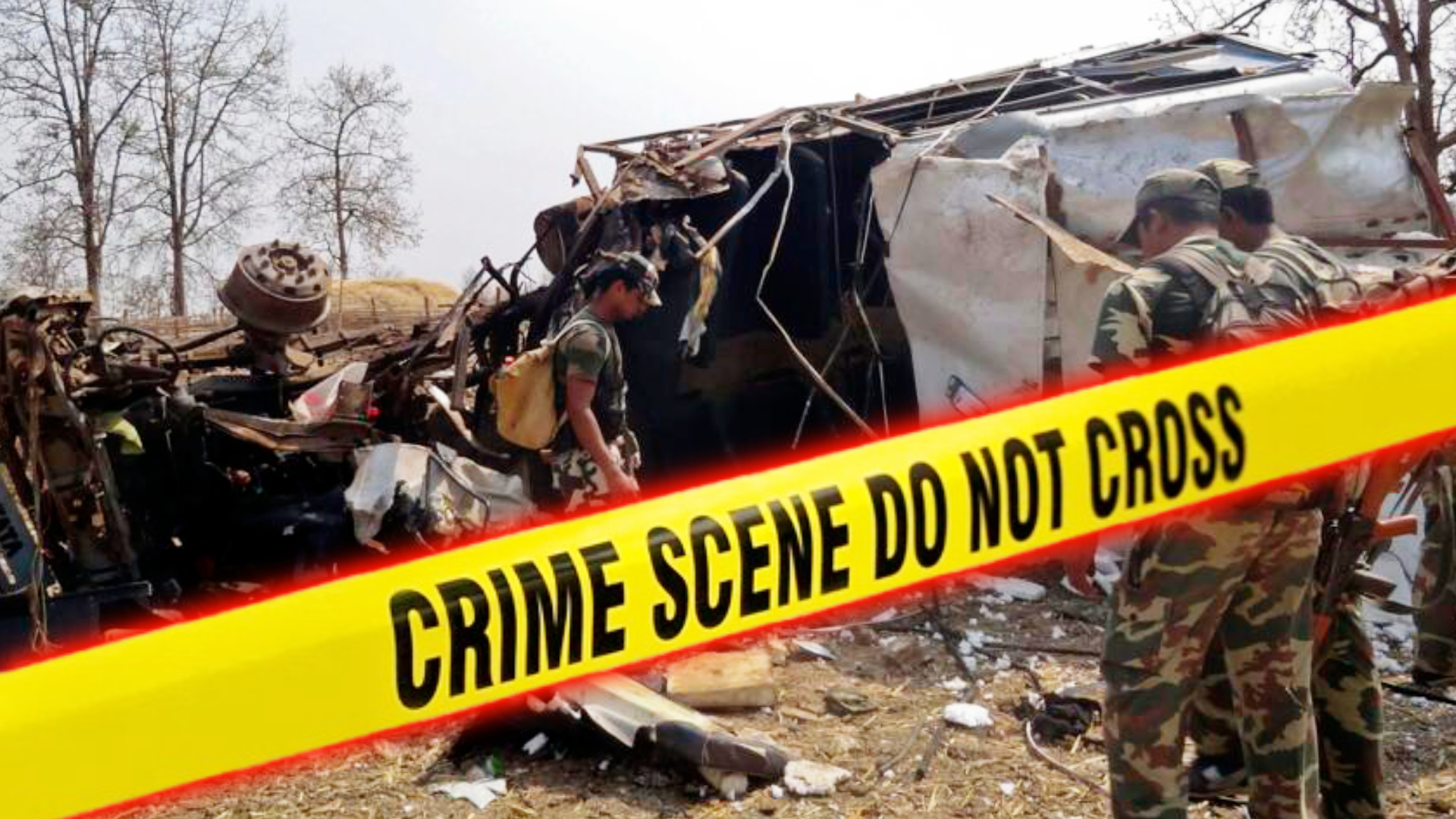
Photographs published by Indian media showed a deep crater ripped into the road by the blast.
More than 10,000 people have died in the decades-long insurgency waged by the rebels, who say they are fighting for the rights of marginalised indigenous people in India’s resource-rich central regions.
Government forces have stepped up efforts to crush the long-running armed conflict, with some 287 rebels killed in 2024, according to official figures.
The attack on Monday in the central state of Chhattisgarh took place as soldiers were returning from an anti-Maoist operation on Saturday, where four rebels and a police officer were killed.
“Eight security forces and a driver were killed today when the vehicle in which they were travelling in came in contact with a landmine,” said Vivekanand Sinha, chief of the state police’s anti-Maoist operations.
The rebels, also known as Naxalites after the district where their armed campaign began in 1967, were inspired by the Chinese revolutionary leader Mao Zedong.
Around 1,000 suspected Naxalites were arrested and 837 surrendered during 2024.
Amit Shah, India’s interior minister, warned the Maoist rebels in September to surrender or face an “all-out” assault, saying the government expected to crush the insurgency by early 2026.
The movement gained in strength and numbers until the early 2000s when New Delhi deployed tens of thousands of security personnel against the rebels in a stretch of territory known as the “Red Corridor”.
The insurgency has been drastically restricted in area in recent years.
Authorities have since invested millions of dollars in local infrastructure and social projects to combat the Naxalite appeal.
str-abh/pjm/mtp
© Agence France-Presse






